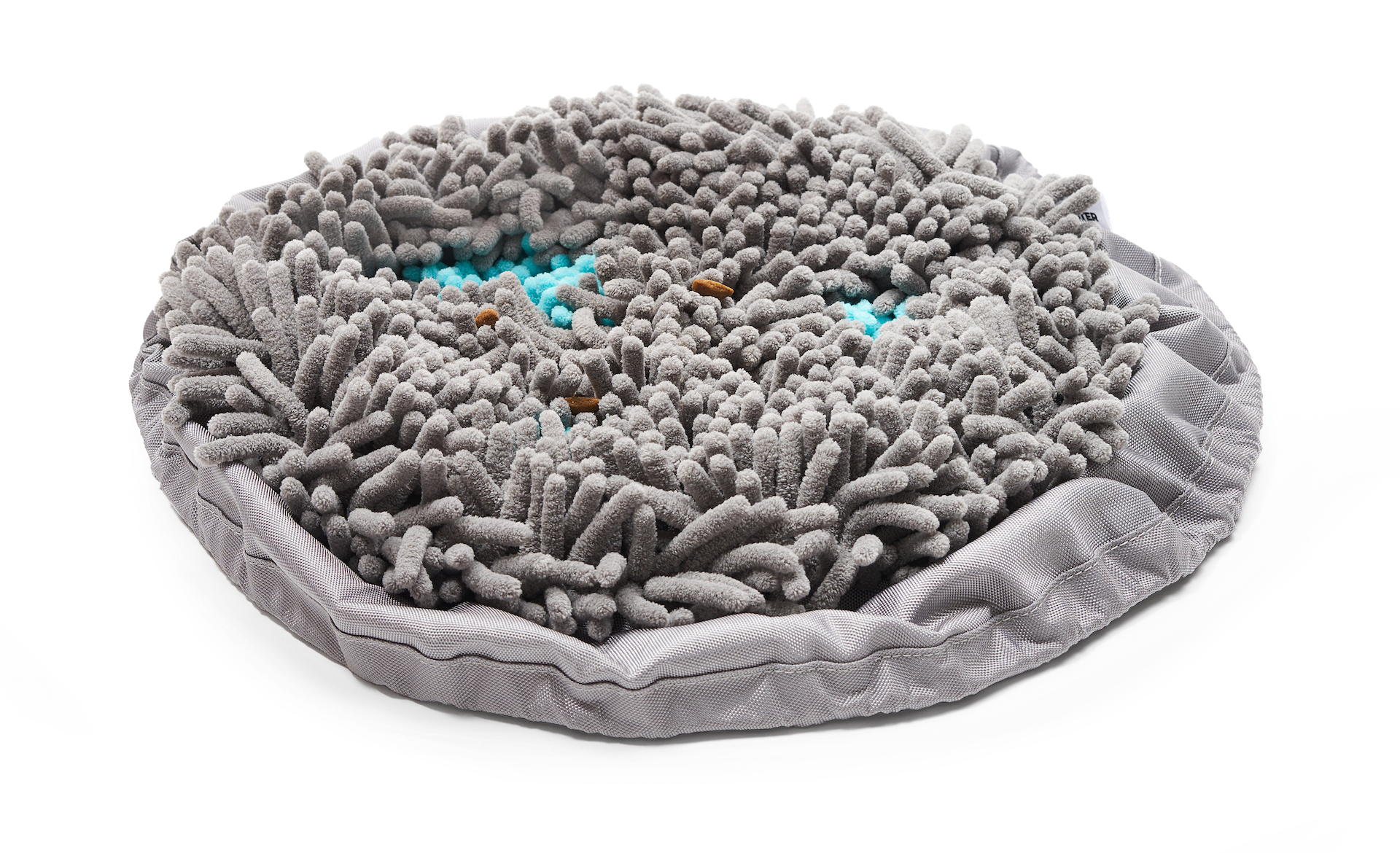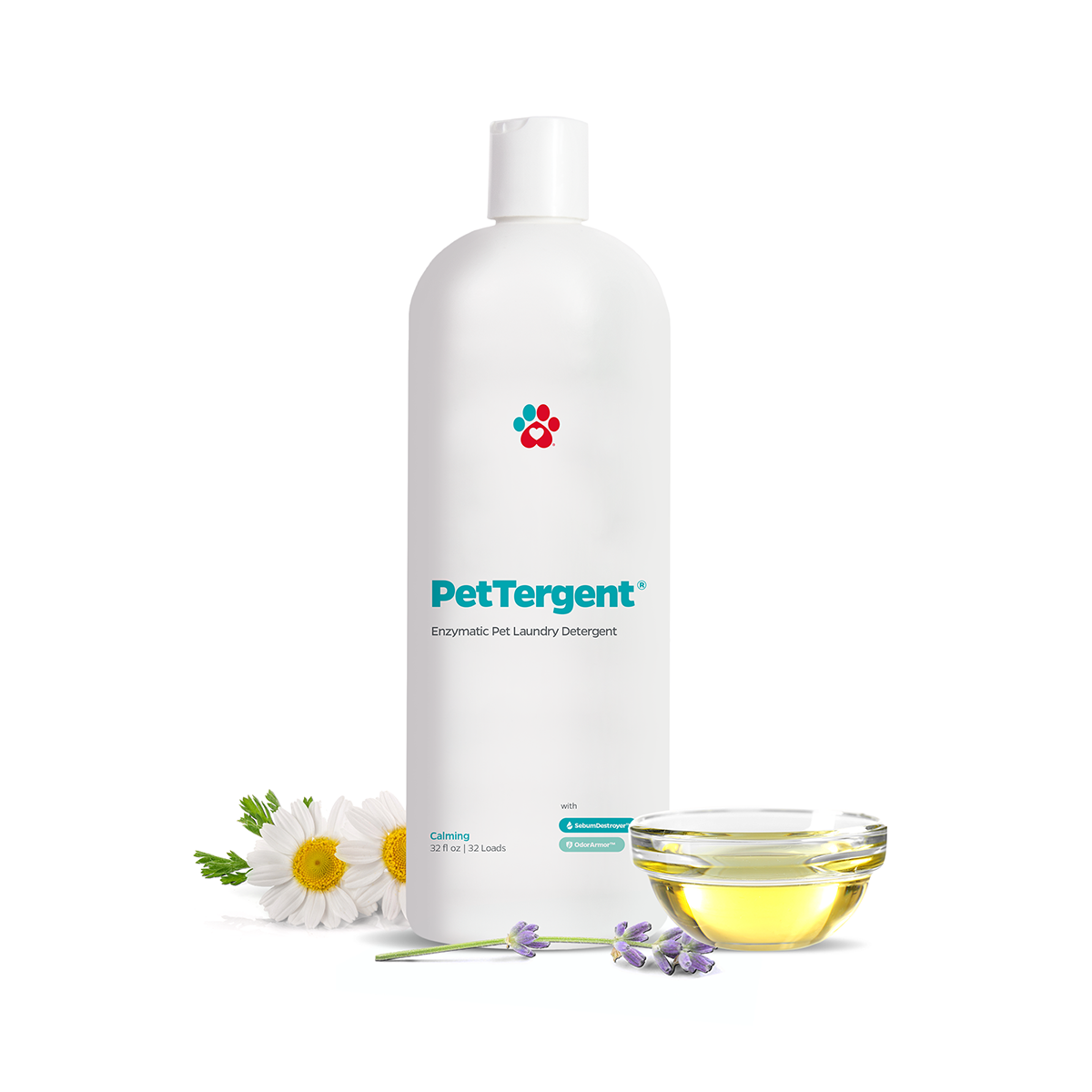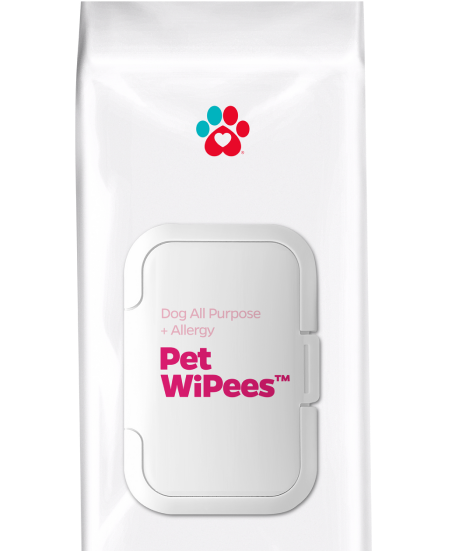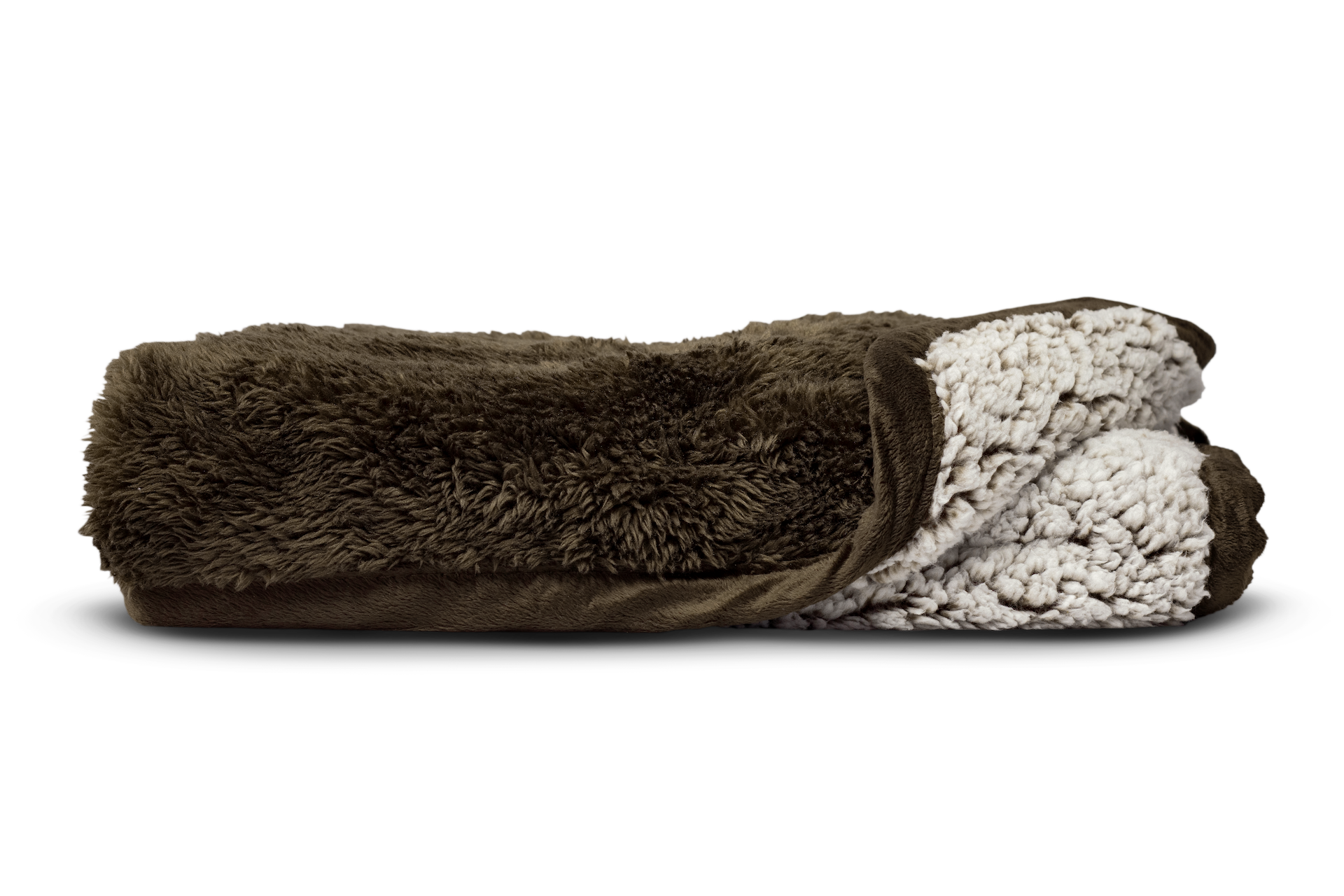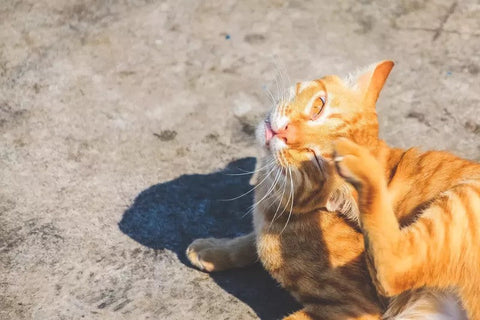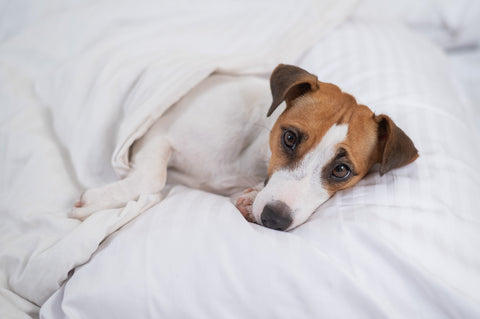When a cat experiences urine incontinence and goes to the bathroom outside of their litter box, there is always a reason for it (they don't just do it because of the heck of it).The reasons can be a wide range and can be medical or behavioral.

"Inappropriate urination that needs to be resolved medically is defined as incontinence."
Behavioral issues typically happen when your cat is stressed or unhappy. For instance, if you have brought another cat or dog into your home, your original cat may feel threatened and anxious and begin marking his or her territory. That's her way of saying, "Um, excuse me? Get outta here!"
Maybe you’ve moved to a new house or have gotten a new living room furniture set. You may love your new home or your new furniture, however your cat may not, and she will most definitely communicate that with you. In these instances, calming aids such as Feliway spray and training techniques can help get your cat to start using the litter box again.
Inappropriate urination that needs to be resolved medically is defined as incontinence. In these instances, there is an underlying health issue that has developed and the cat has lost control of their bladder, and they aren't doing it just because they are reacting to something they don't like. Cat incontinence is much more serious than that.
Behavioral causes for inappropriate urination
Routine Changes
Inappropriate peeing can easily happen when there are changes in your fur-baby daily routine. Cats are routine-loving animals and they don’t want to deal with things and situations unfamiliar to them. When things around them change, they may become stressed, anxious, frightened, or unhappy, and this triggers them to pee in the wrong places. Examples of these routine changes can be the following:
- If your cat is traveling or is with you in a place they’ve never been before, they may pee inappropriately to make their surroundings smell like home.
- If you have a new pet at home, your cat may feel threatened, anxious, and may begin inappropriately peeing as their way of marking their territory and saying, “This is mine!”.
Excitement or Submissive Peeing
Excitement and submissive peeing is common when your fur-baby experiences too much anxiety and excitement. Excitement peeing happens when your cat is overly excited about something, like when you come home after work or when they meet other cats. On the other hand, submissive peeing happens when your cat feels threatened, when cornered, or out of fear. Submissive peeing is common in cats who have traumas and bad experiences, and those who have been in and out of rescue shelters. According to Pets WebMD, submissive peeing is a cat’s way of acknowledging another’s dominance.

Symptoms and treatment of urinary incontinence in cats
The following are some of the health issues that cause cat incontinence and potential treatments for incontinence in cats.
Feline Diabetes
Cats with diabetes experience increased thirst, which leads to their bladders becoming fuller and fuller more often. If you notice your cat rushing to the litter box but failing to make it there on time, this could be the reason. Keep your eye on him or her!
As with humans, a change in diet and prescription medication will be necessary to manage their diabetes, and the incontinence that results. Bring your pet parent research skills to the table and find the best solution!
Urinary Tract Infection (UTI)
Do you find your cat straining in the litter box but very little or no urine comes out? If so, you will need to get them to the vet immediately. This usually indicates a UTI, which will require antibiotics. Though easily treated, if not caught in time the infection can spread quickly infecting the bladder and kidneys, which is harder to treat.
Cats with UTIs, according to VCA Animal Hospital, may try to pee very frequently, may pass only small amounts of pee or no pee at all, may strain while peeing, may exhibit signs of discomfort when peeing, and there may be the presence of blood in their pee. Peeing outside the litter box and creating accidents is also a red flag that something unpleasant is going on in your fur-baby's urinary tract. Excessively licking their private area is also considered a sign of UTI. Though UTI in cats is easily treated, if not determined and treated in time, the infection can spread quickly to the bladder and kidneys, which is harder to treat.
If, when they strain, they seem to be in great pain, you might be looking at a blockage caused by bladder stones. This is a life-threatening condition and should be treated immediately!
A bladder stone blockage may require surgery and a change of diet.
Kidney Disease
Kidney disease is one of the leading causes of death in older cats, as stated by Oakland Veterinary Referral Services. For some reason, the kidneys just stop functioning normally in many cats in their senior years, starting at roughly 10 or 11 years of age.
A cat who is suffering from kidney disease will generally try to communicate that something is wrong by peeing outside of the box. If you notice their urine is almost colorless and has little or no odor, this is an indication that their kidneys are no longer filtering toxins like they should.
Your cat should be taken to the vet immediately for treatment. If caught in time, kidney disease can be managed with diet changes and fluid therapy, and your cat can live a fairly normal life for months or even years, which will make the both of you happier.
Old Age
Older cats often experience cat incontinence and go where they shouldn’t go for a couple of reasons:
- Senility can cause your cat to forget where the litter box is, or confuse something else, such as a box holding recycled goods, as their litter box. If they forget where the box is, remind them from time to time by taking them over and gently placing them in the box. Patience is a virtue!
- Like people, older cats experience arthritis, which makes getting around challenging and painful. Older cats need quick and easy access to the litter box. They should not have to go up or down stairs to use the box. Also, consider getting a litter box with lower sides so they can get in and out easier.
How can you help?
It’s important to reiterate that if your cat is experiencing urinary cat incontinence, take them to the vet ASAP to determine what might be the medical cause. Your vet will perform different tests on your cat and will study your cat’s behavior and medical history. Proper diagnosis and treatment plans will be provided.
Never punish your cat for peeing outside of the litter box. If they create accidents, redirect them to using the litter box again. If they begin using it again, reward them. Punishing them will only frighten them more, resulting in more accidents!
Once your vet determines the cause of the cat incontinence, he or she will decide upon a course of treatment.
In the meantime, what can you do to keep accidents from happening around your home? Cat Diapers!
Cat diapers will absorb the urine before it can reach and ruin your hardwood floors, expensive area rugs and furniture. Pet Parents® Cat Diapers are highly-absorbable and 100% machine washable, so you can use them over and over again. Our diapers come in a variety of colors and sizes, so you can be sure your cat will look good (because that is very important!) and feel comfortable.

"Cat diapers will absorb the urine before it can reach and ruin your hardwood floors, expensive area rugs and furniture."
Place Pet Parents® Pawtect® Pads under your cat’s litter boxes to prevent misses and spills! These pet pads are also made with WickQuick® proprietary fabric blend that quickly wicks and locks in more liquids per square inch than any other options available in the market. Additionally, these Pawtect® Pads are made with large, wide zig-zag stitches accompanied by sturdy, straight stitches that make for one strong binding.
Keep in mind that cat incontinence and your cat’s inappropriate peeing, though stressful to deal with, can be managed, treated, and curbed!

